I was in the middle of Washington State’s Lake Roosevelt when the wind and waves built to a crescendo, overpowering my tiny skiff. Although the lake is 133 miles long it’s rarely more than a mile wide, but a 100-lb, 11′ 6″ flatiron skiff has its limits. The lugsail was already reefed down to 45 sq ft and when the gust hit, I let the sheet fly just to keep the boat upright. The “gust” didn’t go away, the wind had risen to about Force 6 with an 8-mile fetch, and the waves were growing to match. I was hove-to, abeam the wind and waves, the sail broad off, the boom dipping into the water now and then as the boat rolled from side to side and surged up and down in the waves.I was out in the big bay near Hunters Campground. It is my favorite cruising area. From Hunters there are undeveloped shorelines stretching some 50 miles both north and south, with hidden coves, dramatic sand bluffs, clean, fresh water, surprisingly few people, and endless opportunities to beach a small boat and pitch a tent. High summer can be broiling hot, and I prefer the cooler early and late seasons. It was now mid-October, and this would be my last trip of the year. My bigger boats were already in storage, but my little skiff—a Summer Breeze designed by David Beede—is always the first out and last to be put away. It was ready and waiting when the weatherman forecast one last warm, fine weekend of the year. In the big bay off Hunters Campground, I put in a reef. To the north, peering under the sail, I could see the entrance to the Nez Perce canyon (here in the center distance) and the beach where I would eventually land for the night in the cleft of the bluffs to the left of Nez Perce.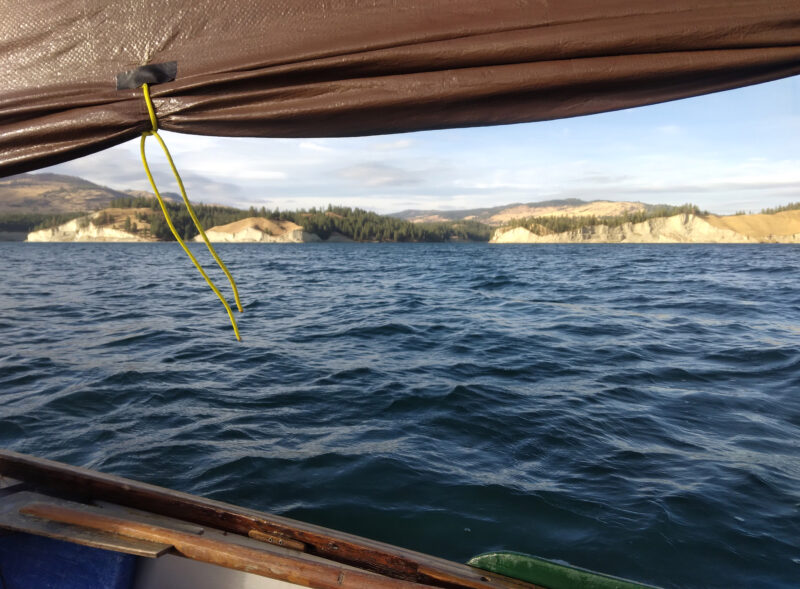 Photographs by the author
Photographs by the author
Join The Conversation
We welcome your comments about this article. To include a photo with your remarks, click Choose File below the Comment box.
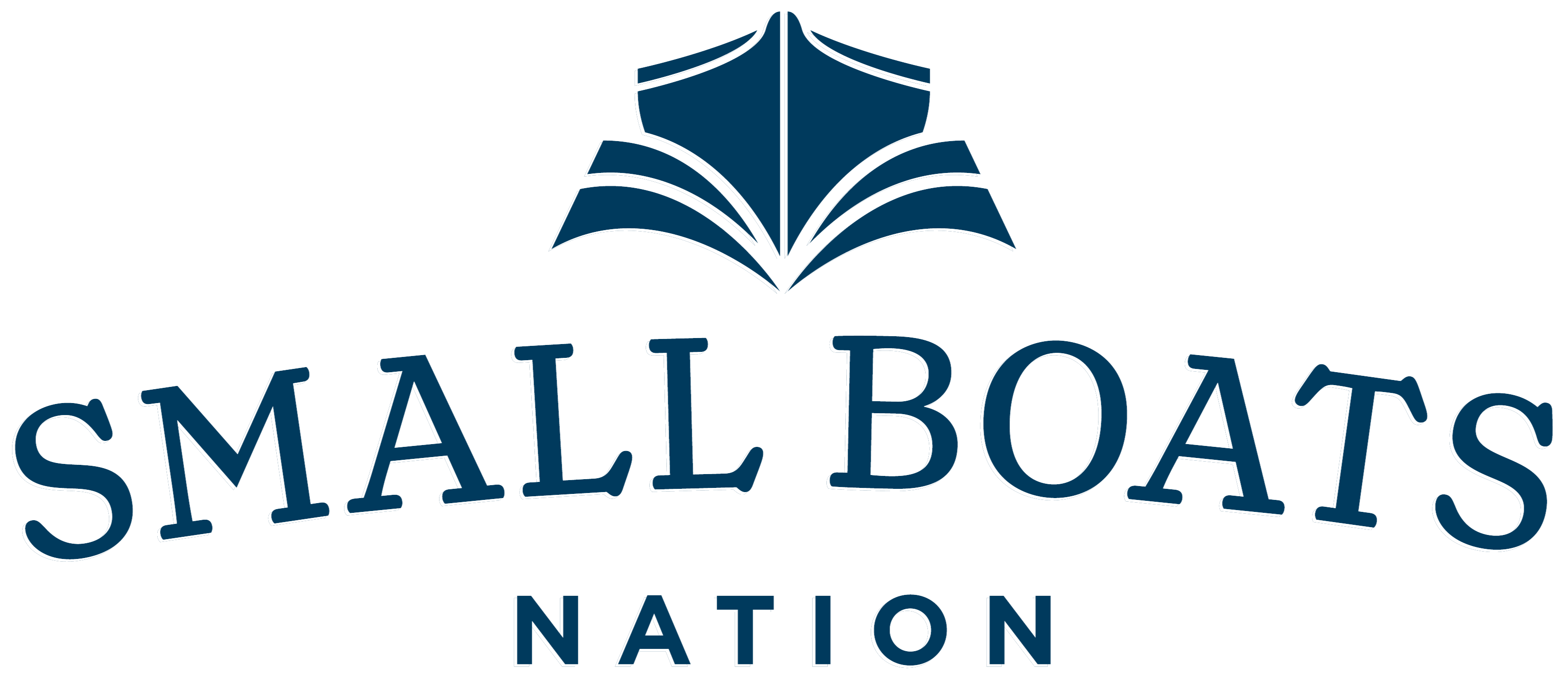
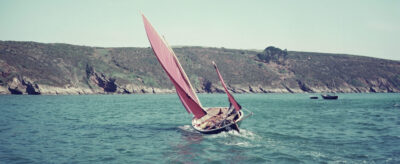
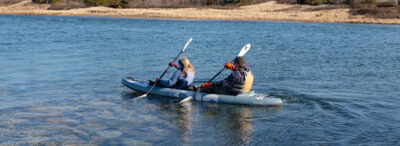


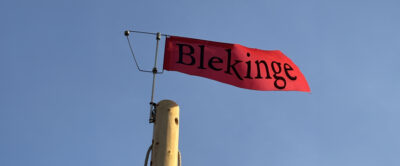
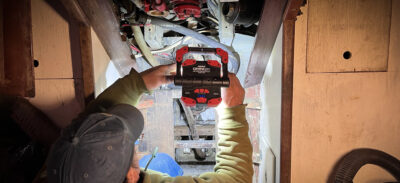
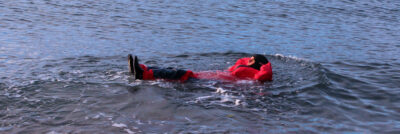

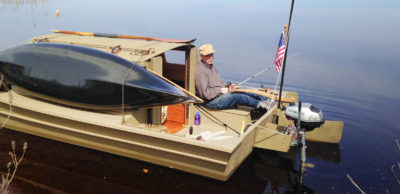
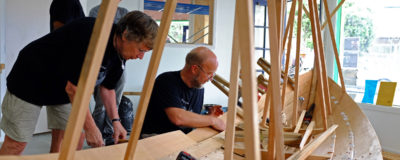
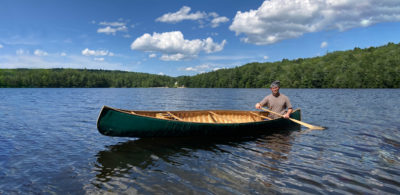
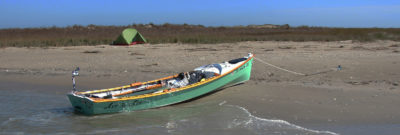
Phil Bolger advocates for a short, quick stroke when rowing against the wind, and I have found this to be good advice. I think the idea is that you keep steady pressure against the boat, rather than trying to muscle your way with big, sweeping strokes. One of the advantages of the double paddle with a kayak is that it is easy to maintain this steady pressure on the boat.